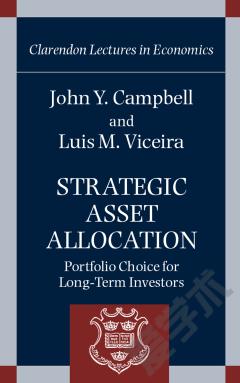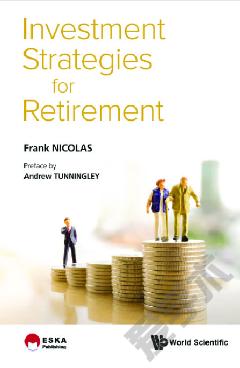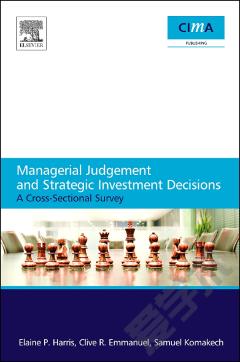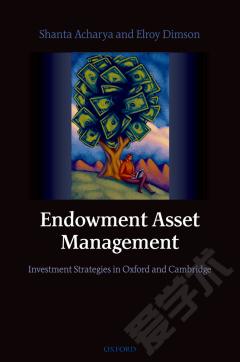Strategic Asset Allocation —— Portfolio Choice for Long-Term Investors
----- 战略资产配置:长期投资者的投资组合选择
John Y. Campbell [*] Academic finance has had a remarkable impact on many financial services. Yet, financial planners offering portfolio advice to long-term investors have received curiously little guidance from academic financial economists. Mean-variance analysis, developed almost 50 years ago by Harry Markowitz, [1] has provided a basic paradigm for portfolio choice. This approach usefully emphasizes the ability of diversification to reduce risk, but it ignores several critically important factors. Most notably, the analysis is static; it assumes that investors care only about risks to wealth one period ahead. However, many investors -- both individuals and institutions, including charitable foundations or universities -- seek to finance a stream of consumption over a long lifetime. In addition, mean-variance analysis treats financial wealth in isolation from income. Long-term investors typically receive a stream of income and use it, along with financial wealth, to support their consumption. Robert Merton showed 30 years ago that the solution to a long-term portfolio choice problem can be very different from the solution to a short-term problem. [2] In particular, if investment opportunities vary over time, then long-term investors care about shocks to investment opportunities -- the productivity of wealth -- as well as shocks to wealth itself. They may seek to hedge their exposures to wealth productivity shocks, and this gives rise to intertemporal hedging demands for financial assets. Michael Brennan, Eduardo Schwartz, and Ronald Lagnado [3] have coined the phrase "strategic asset allocation" to describe this farsighted response to time-varying investment opportunities. Unfortunately, Merton's intertemporal model is hard to solve. Until recently, solutions to the model were available only in those trivial cases in which it reduces to the static model. Therefore, the Merton model has not become a usable empirical paradigm, has not displaced the Markowitz model, and has had minimal influence on financial planners and their clients. This situation has begun to change recently as a result of advances in both analytical and numerical methods. A new empirical paradigm is emerging. Interestingly, this paradigm both supports and qualifies traditional rules of thumb used by financial planners. It also sheds new light on important issues of public policy such as the design of the Social Security system. Who Should Buy Long-Term Bonds? An important difficulty with mean-variance analysis becomes clear when one considers the classic problem of allocating a portfolio among three broad asset classes: stocks, bonds, and money market funds ("cash"). One of the most famous results in mean-variance analysis is James Tobin's mutual fund theorem of portfolio choice, according to which all investors should combine cash with a single portfolio or "mutual fund" of risky assets. [4] The mutual fund theorem directs all investors, conservative or aggressive, to hold the same portfolio of stocks and bonds, mixing the portfolio with more or less cash depending on the investor's aversion to risk. Thus, if an aggressive investor holds 80 percent stocks and 20 percent bonds, a conservative investor should maintain the same 4:1 ratio of stocks to bonds at a lower scale, perhaps 40 percent equities and 10 percent bonds, with 50 percent of the portfolio in cash. This is quite different from the way conservative investors actually behave and are advised to behave by financial planners. In practice, conservative investors favor bonds relative to equities so that a conservative portfolio might consist of 40 percent equities, 40 percent bonds, and 20 percent cash. Investors and financial planners do not seem to take mean-variance analysis seriously. Furthermore, it is hard to explain -- using mean-variance analysis -- why any investors hold large positions in bond. Mean-variance analysis treats cash as the riskless asset, and treats bonds merely as another risky asset like stocks. â¦
{{comment.content}}








 京公网安备 11010802027623号
京公网安备 11010802027623号